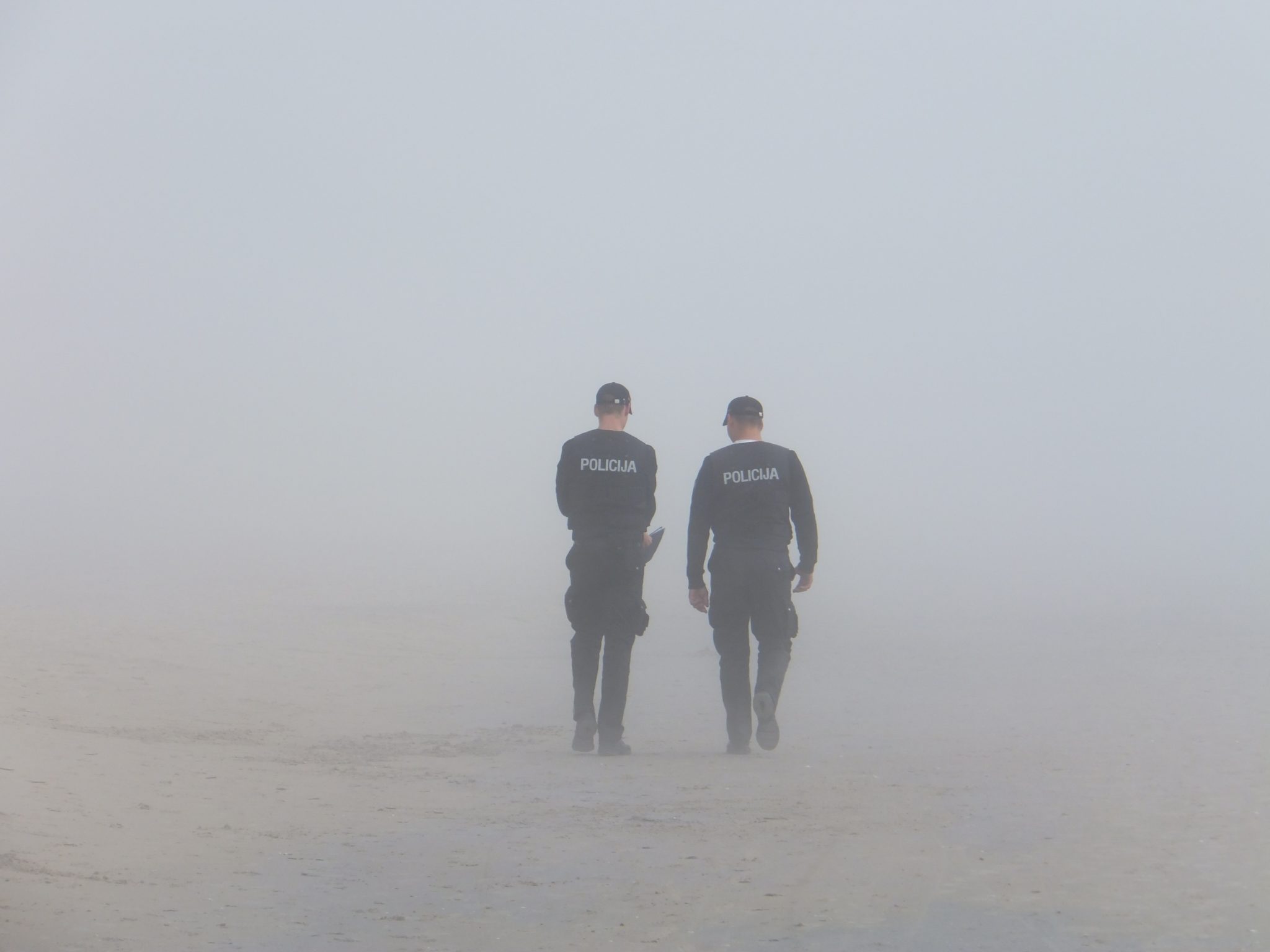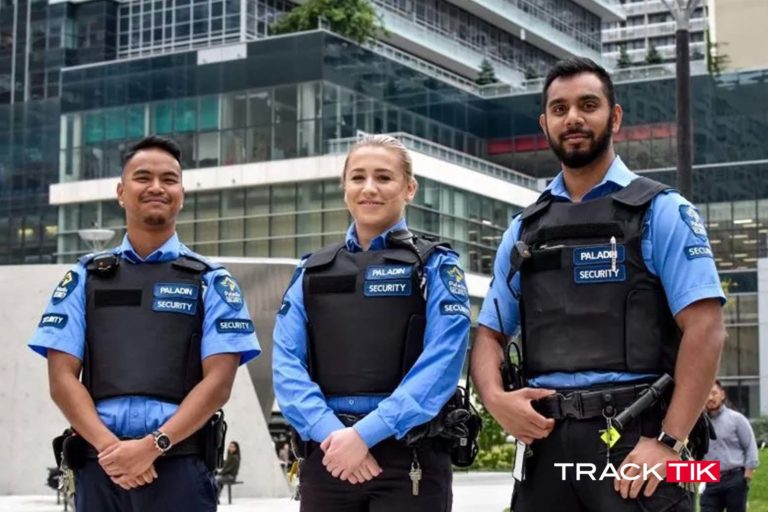I have often mentioned that “business as usual” is not the way we should be delivering security in 2020. That said, one of the goals of business continuity planning is to get back to “business as usual” as quickly as possible. We’d like to share our industry insight—its goal is to provide security business owners and security executives with options to consider when resource deployment gets difficult or unpredictable – and get back to business as usual.
But crises, natural disasters, and macroeconomic changes can be an opportunity to evaluate how you deliver services. I do not mean that it is a time to take advantage of others and create single-sided business opportunities or short-term profits (i.e. the skyrocketing prices of hand sanitizer when supply chains are still solidly intact). What I actually mean is that the time is now to ask: in what other ways can I run my security business that will lead to better results for the business and better results for those requiring security services.
Here are some ideas:
- Patrol Services: With increased work-from-home mandates, temporary school and business closures, the ask for occasional site visits to ensure that locations are secured will increase. Instead of one guard per shift for one building, consider one mobile guard for multiple businesses. When adopting this approach you need to take into account a couple of variables—be sure to streamline schedules, adopt variable visit times (for unpredictability), share detailed patrol instructions and automate report distribution.
- Alarm Responses Services: Empty businesses that have alarm systems require someone to respond when the alarm goes off. Mobile security patrols are an excellent option instead of dealing with public law enforcement who already respond to many false alarms and municipal bylaws where police simply won’t respond. If you have an onsite alarm responder, be sure the responder knows the protocol to follow. That, coupled with a detailed alarm response report, will support your clients in managing any trends. Finally, manage the workflow—in other words, make it as easy as possible for your security operations centers to have access to the Service Level Agreements that are in place with clients.
- Shared Services: This business line is gaining in popularity in North America and in the UK, and can be an excellent way to differentiate your service offering from those that are still traditionally offering static-only guarding services. Depending on your client’s risk profile, budget and operations, shared services like the two above can be excellent alternatives for a permanent change. By the way, considering how challenging it can be to retain staff, this is a great way to be more efficient with the staff that you have. Finally, consider that identified Patrol and Response cars are great advertising vehicles (pun intended!). Do keep in mind, however, that having cars on the road means increased liability! Get some good insurance advice from an industry-specific broker and institute pre-shift vehicle check reports.
- Permanent Posts Revision: Work with clients to identify what the critical posts are, what can be covered with technology and what can just be locked down short-term. Clients may have posts that, in a pinch, can be converted to technology-only or simply shut down. If this does happen, it is important to consider the re-assignment of the freed up resources. Staff is tough to find so optimize these extra individuals to reduce unbilled overtime expenses. Another suggestion for your customers that are reducing shifts is to cross-train staff, especially at sites that have extensive skills and attribute requirements and training programs. Cross-trained staff will likely be more engaged at work and drive long-term retention.
- Staffing Revision: A high-rise with no office workers could potentially require less staff to run Monday to Friday. Step one is to revise your schedules (create a template in your scheduling software if you anticipate the revision being long term). If that is the case, again, why not cross-train those redundant security officers to other building posts, other sites or even assign them to sites where increases are anticipated. The key here is to keep the staff you have, especially those that are highly trained. Post-crisis, your customers will want their regular crew back. The retention of engaged workers is often a key success factor for client satisfaction. When you are cross training, be sure to update the employee profiles with the revised skills and attributes for maximum service flexibility.
- Special Staffing Increases: We have all signed them at one time or another, those service agreements that say within X hours of being notified, you must provide Y additional security officers. Ideally, you have factored in some training provisions and a slightly higher emergency rate to cover unbilled overtime and short-notice equipment buying. Regardless, be sure to turn to your current staff that may see a reduction in hours, because it is likely not feasible to hire a slew of new guards (that was tough enough to do before the pandemic). The important piece here is efficiency—know who is free, understand how their schedule will impact overtime costs, identify who lives closest to a site, etc.
- Technology Division: Are many of your clients asking for camera systems? Access control? Intrusion systems? Instead of saying, we do not do that, have you considered launching your own technology division? Take advantage of your relationship with that single buyer purchasing multiple security services. Security technology has higher margins than traditional security officer services. When the two are matched, you can cover all of physical security’s 5 Ds under one roof.
- Partnerships: If you do not want to create your own security technology division, then why not partner with the best provider in your region? If you do not do event security, I am sure that the event security provider in your region will gladly subcontract and assist you with coverage where staff may be missing.
A few other questions to ask yourself:
- Who can work from home in your business? Is your back office equipped with true remote capabilities? Are your supervisors, back office staff, and management team capable of working from home or on the road?
- How can field staff be optimised? Are they managing by exception (i.e. incident or anomaly focused), are routes and response being optimised, do you have the dashboards and tools to keep the pulse of your business, can you alleviate manual tasks—such as manually sending reports to clients?
Most of the above really depends on what vertical markets your business serves. If you are focused on retail, depending on the type of retail, coverage will likely decrease during store hours as businesses are cutting their hours of operation. If you are focused on events, then you will likely have extra staff. For clients in the hospitality sector, chances are you will see a decrease in those accounts. For high-rises or multi-tenant buildings, chances are there will be noticeably lower numbers of people around, which may impact your staffing requirement.
In times like these, it’s important to keep your business mindset, stay positive and focus on your people.
- Are you a small business? Keep an eye out on our site for a future blog that addresses SMBs specifically. We’ll be discussing how you can recuperate from a loss of contracts, shift to where the demand for security is high, and add value to existing clients by reassuring them that you have a solid solution in place.
- Are you a security manager? Keep an eye on our blog space for shared learnings from other security managers.
We’d love to hear how you’re doing during these evolving times. Leave us a comment or share what you have done. Until then, thank you for the work that you and your teams do, day in and day out.
Stay Safe, Stay Healthy.



